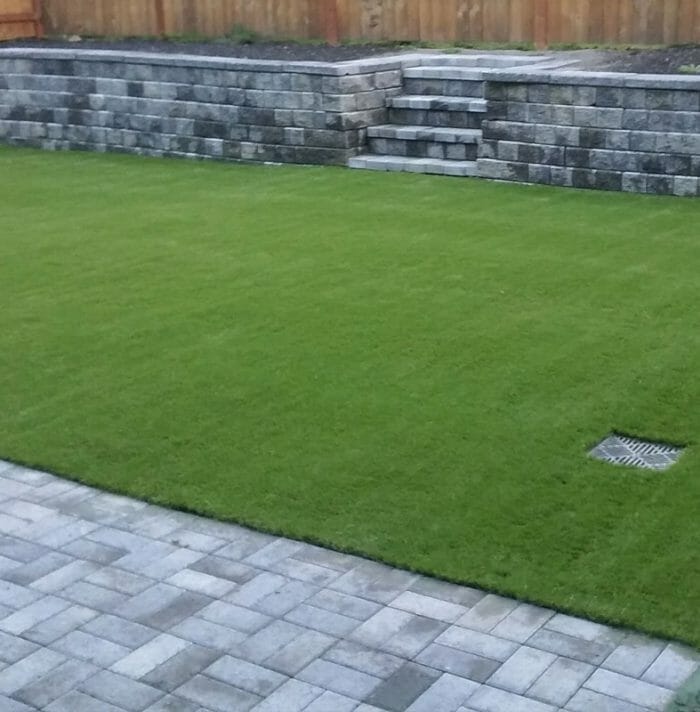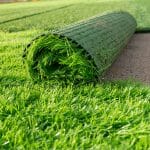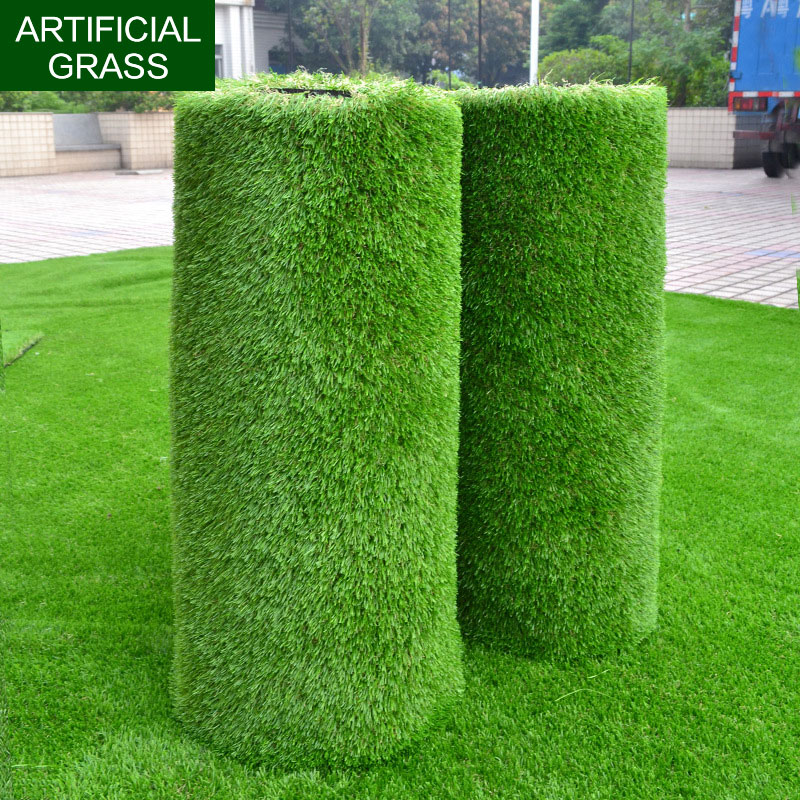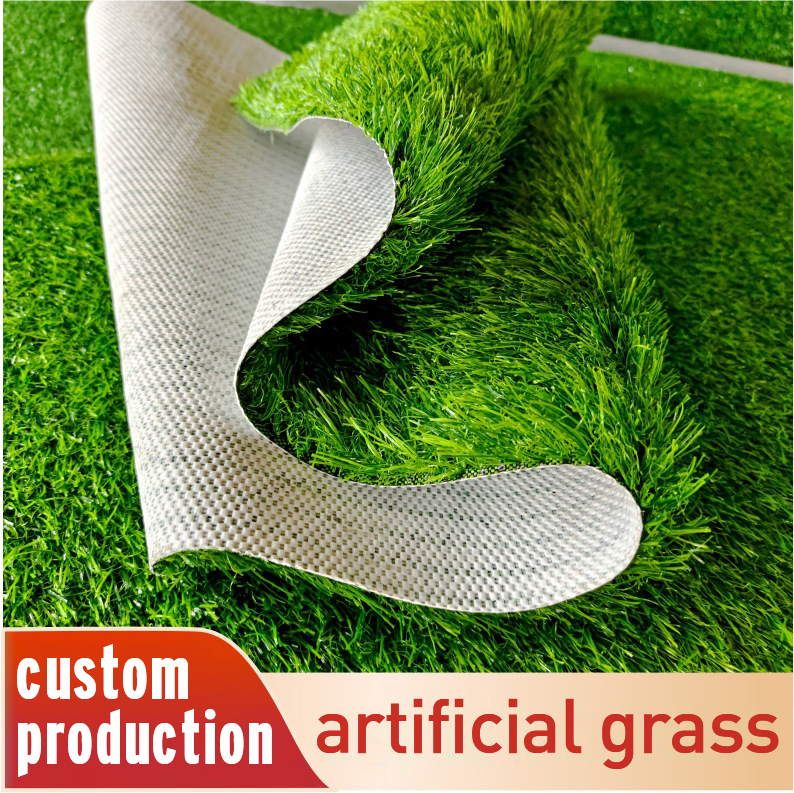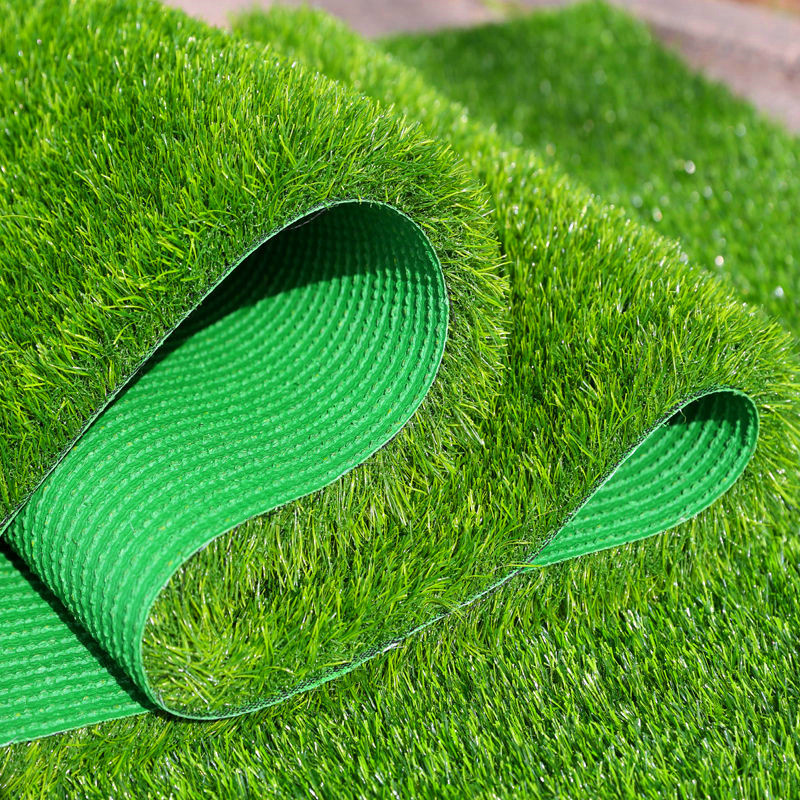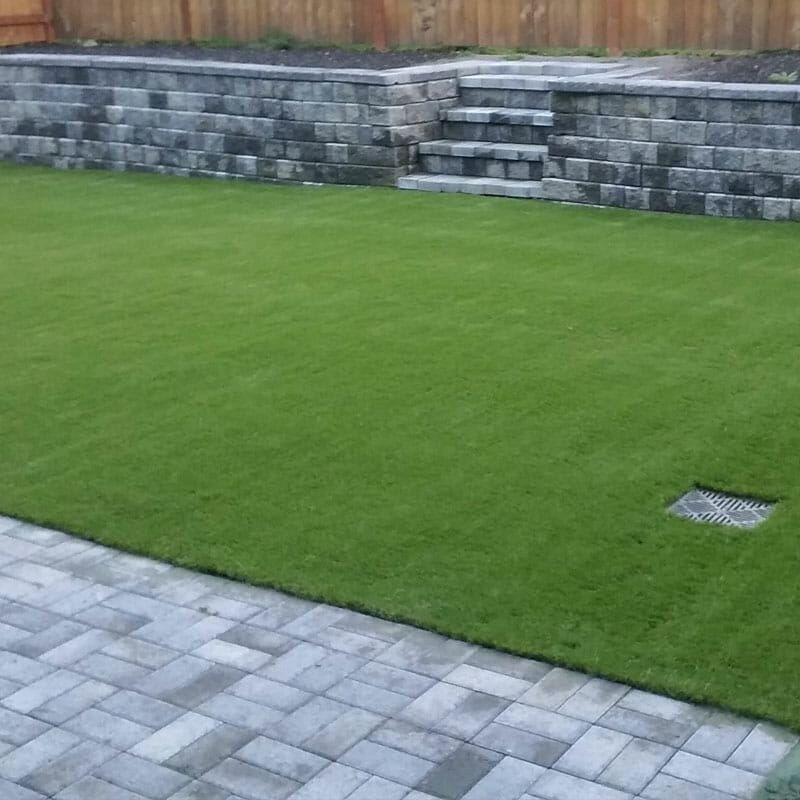
Artificial grass has become a popular choice for enhancing outdoor spaces due to its low maintenance and natural appearance. Whether you’re transforming your backyard, creating a play area, or designing a pet-friendly environment, proper installation is essential for the longevity and performance of your artificial turf. One crucial aspect of this process is ensuring effective drainage to prevent water accumulation and maintain the health of your grass. In this guide, we’ll explore step-by-step instructions on how to lay artificial grass on soil while prioritizing efficient drainage.
1. Prepare the Soil:
Before you start the installation, ensure that the soil is properly prepared. Remove any debris, rocks, or vegetation from the area. The soil should be relatively level to provide a stable base for the artificial grass.
2. Choose the Right Base Material:
Selecting the appropriate base material is vital for promoting drainage. Opt for a permeable sub-base material such as crushed stone, gravel, or decomposed granite. These materials allow water to seep through, preventing waterlogging and ensuring effective drainage.
3. Create a Slope:
To facilitate proper water runoff, create a slight slope in the direction you want water to flow. A slope of about 1-2% is recommended. This ensures that rainwater drains away from the surface and prevents puddles from forming.
4. Install a Geotextile Fabric:
Place a geotextile drainage fabric over the compacted base material. This fabric acts as a barrier, preventing soil particles from clogging the drainage system while still allowing water to permeate through.
5. Lay Perforated Pipes:
For enhanced drainage, consider installing perforated pipes or drainage channels within the base. These pipes collect excess water and direct it away from the surface, ensuring efficient water management.
6. Add the Aggregate Sub-Base:
Spread the chosen aggregate sub-base material evenly over the geotextile fabric. Use a compactor to compact the sub-base and create a stable foundation for your artificial grass.
7. Lay the Artificial Grass:
Unroll the artificial grass over the prepared sub-base. Trim any excess edges and ensure a snug fit. Secure the edges using landscaping staples to prevent shifting.
8. Apply Infill Material:
Choose an infill material that aids drainage. Silica sand, rubber granules, or a combination of both are good options. The infill allows water to flow through the grass while providing weight and stability.
9. Brush and Compact:
After laying the infill, brush the grass fibers upright using a power broom or stiff brush. This step improves the appearance and ensures even infill distribution. Compact the entire surface to further enhance stability.
By following these steps, you’ll create a well-draining foundation for your artificial grass. Efficient drainage not only preserves the appearance of your turf but also prevents issues like water pooling, odors, and mold growth. Remember that proper installation is key to enjoying a beautiful, hassle-free outdoor space for years to come.


